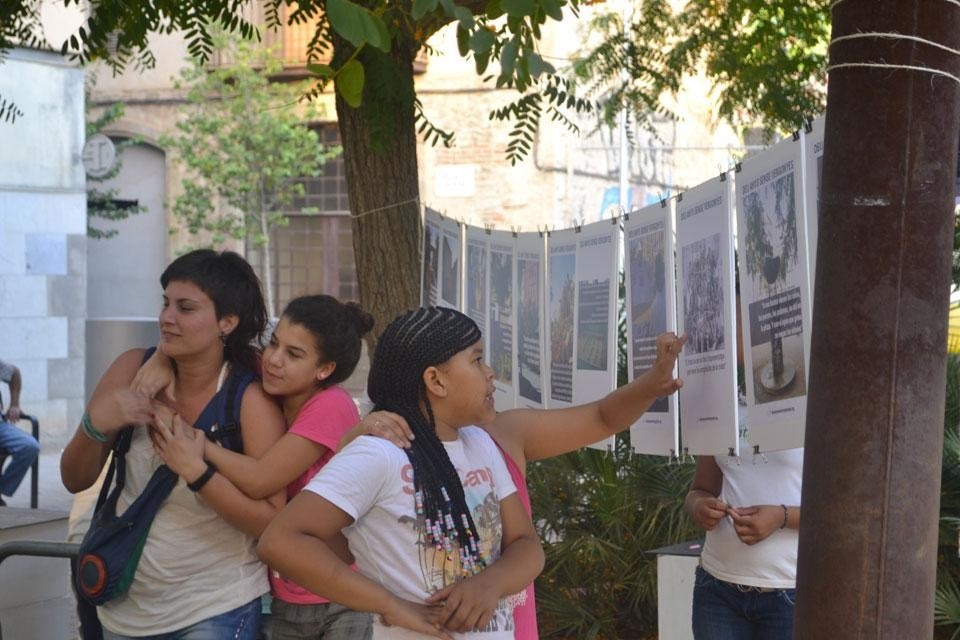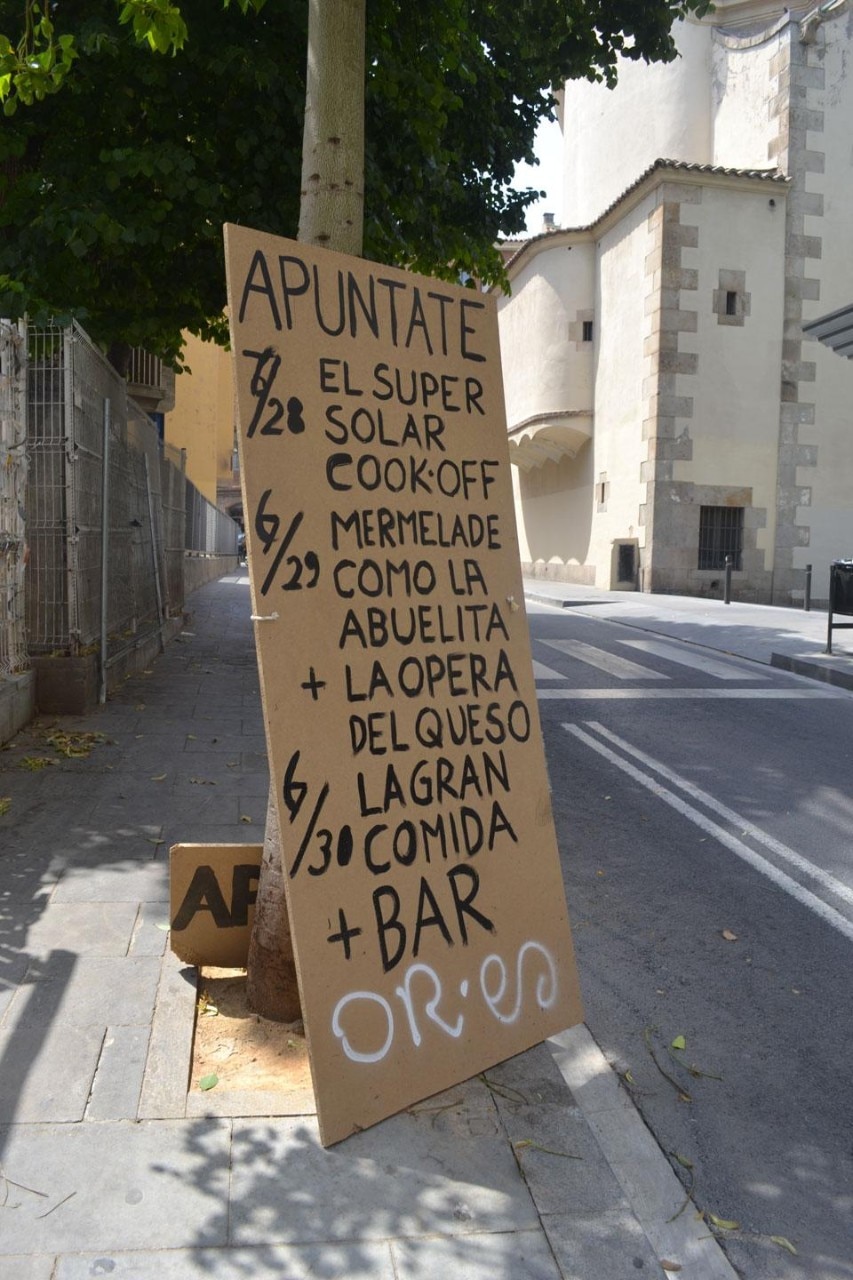The event kicked off on the evening of 28 June with presentations by Santiago Cirugeda (Recetas Urbanas) and Andrés Jaque (Oficina de Innovación Política) — two architects that have well-established practices within the festival's topic. Cirugeda and Jaque engaged the public in an interesting debate on the tension between working outside legal boundaries and the necessity to keep uncovering the overlaps and voids of existing legislation in order to promote change. The conversation highlighted the limits and challenges of the bottom-up approach, and the frustration of many designers and cultural producers with the traditional confines of the discipline. It also marked a trend in the festival itself, in which debates and open conversations seemed more appropriate to the theme than traditional lectures and documentaries.
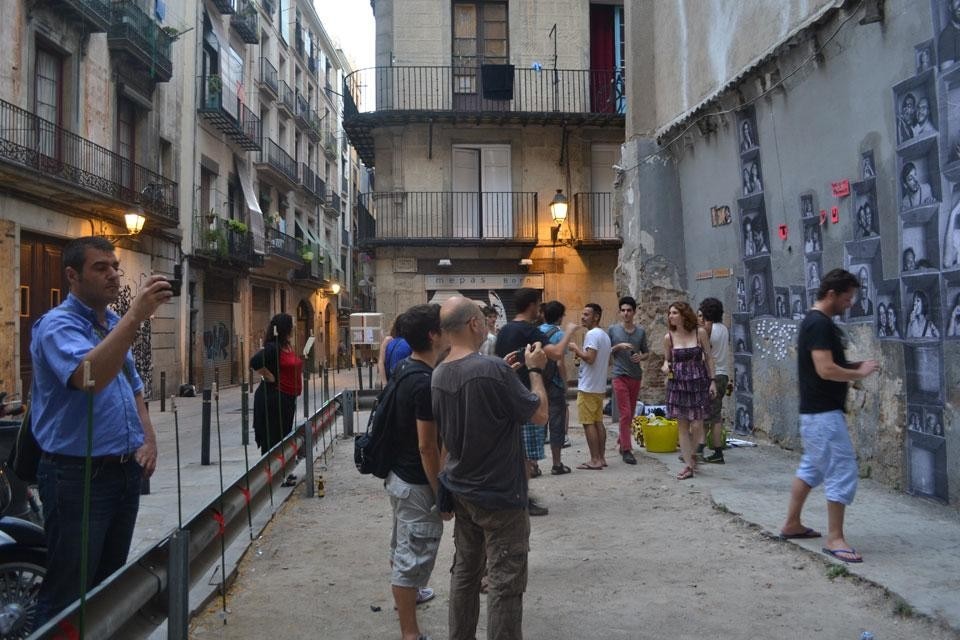
Most of the exhibition engaged in traditional modes of display and communication: large printed banners in the lobby of the COAC building (the Architects Association of Catalunya), laid out by each group as their contest entry. In similar fashion, some architects and design collectives were invited to lecture about their work. However, no matter how engaging the projects and lectures were, promoting horizontality and participation within closed doors and through one-directional approaches felt counter-intuitive: the form did not match the content, either within the enclosed walls of the Eme3 plaza (the M1 project, an itinerant dome by set up in the Cathedral Plaza in front of the COAC, and surrounded by a fence with an entry opening) or inside the glass walls of the COAC building. Despite being open to the public, both sites tended to discourage participation from the very diverse crowd of tourists, street performers, and vagrants roaming the surrounding plaza and browsing through the open market (a better model for public display?).
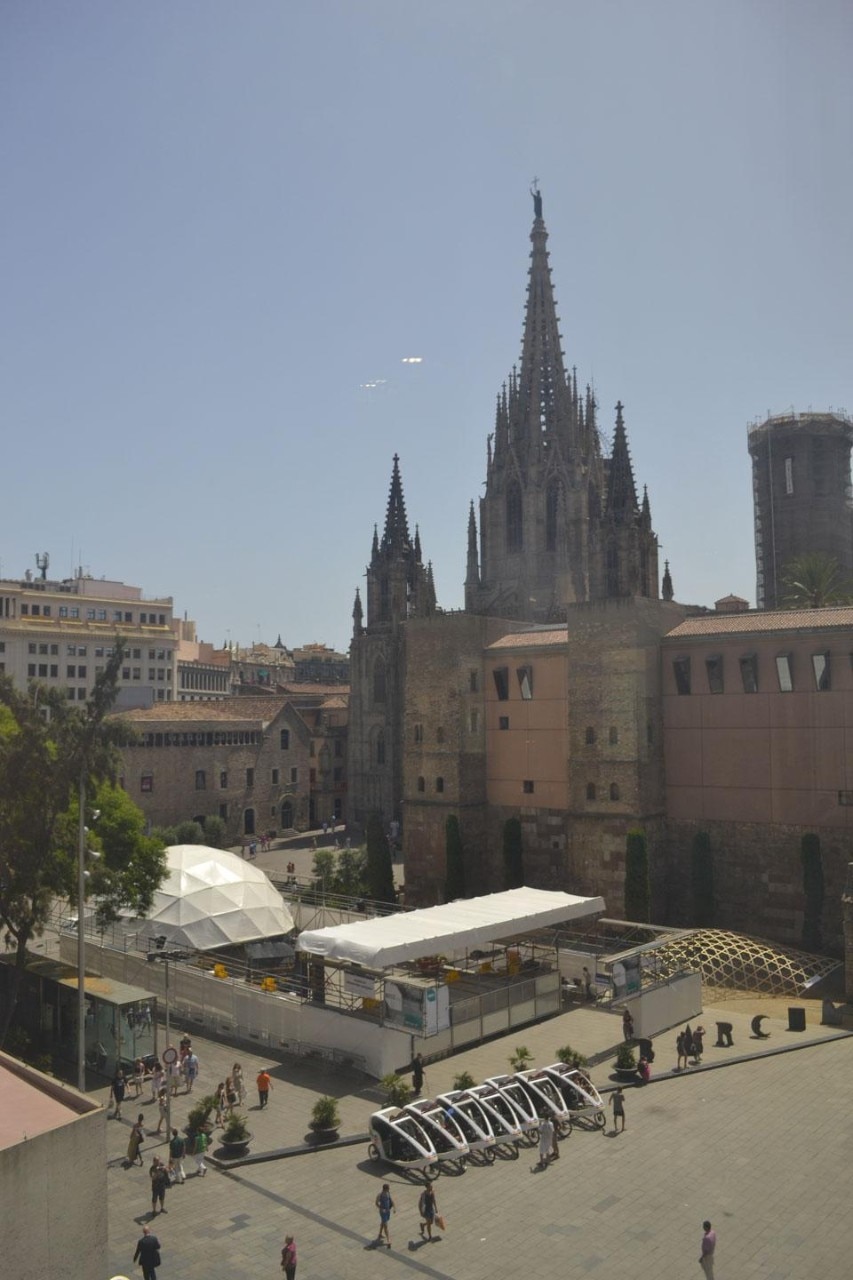
La Galería de Magdalena and La Periferia Doméstica curated a series of simultaneous galleries with local Barcelona artists, offering urban presents in the form of small artworks, such as collages, seeds, and postcards. Located in several lots around the Ciutat Vella, the project engaged the wandering crowds into hanging out, talking, sharing, taking something with them and sometimes leaving a present.
A critical curatorial statement, engaging the challenges and existing discourse around bottom-up tactics in general, would have been a welcome addition to the more celebratory nature of the festival
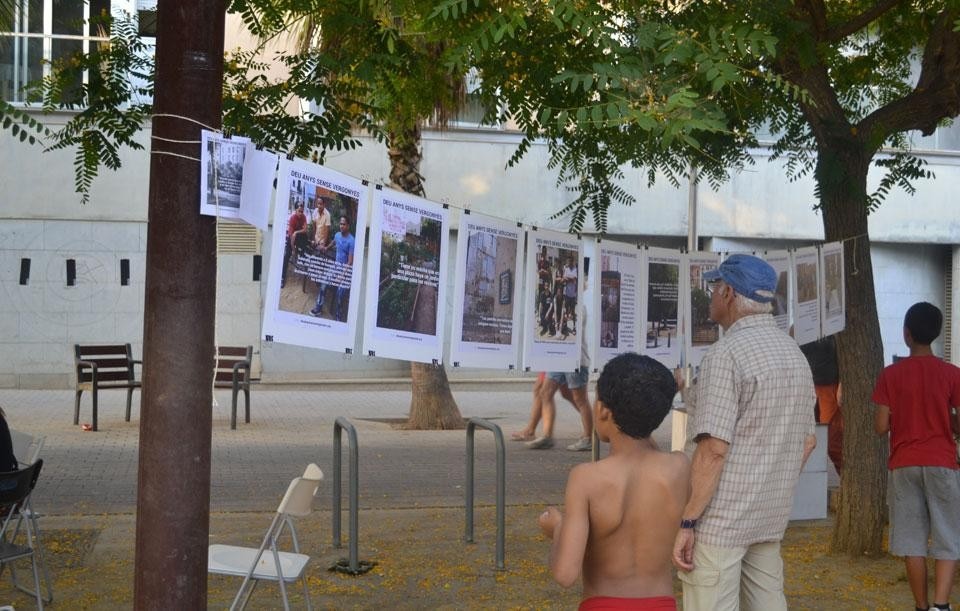
Finally, the Institute of Placemaking (Pieterjan Grandry, Jia Gu and Valentina Karga) used a lot in el Raval to create a series of consecutive actions that involved building, inciting, teaching, and sharing knowledge, culminating in a community meal that incorporated the production of food through solar cooking, and even used soup fabricated in one of the previous workshops.
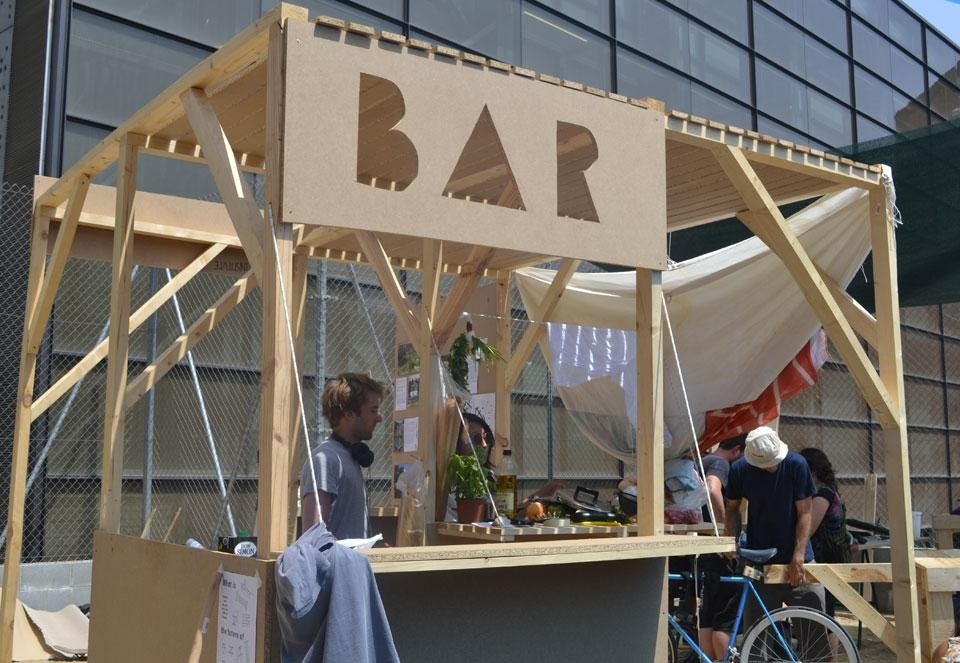
Finally, a critical curatorial statement, engaging the challenges and existing discourse around bottom-up tactics in general, would have been a welcome addition to the more celebratory nature of the festival. The financial crisis that looms as the background of many of these projects makes a critical outlook imperative: who finances what, which publics are served, and who speaks for whom? The showcased projects had very different answers — as did the festival itself, funded by a variety of public and private sponsors. A conversation around these issues would have been a much-needed contribution. Ana María Leon
